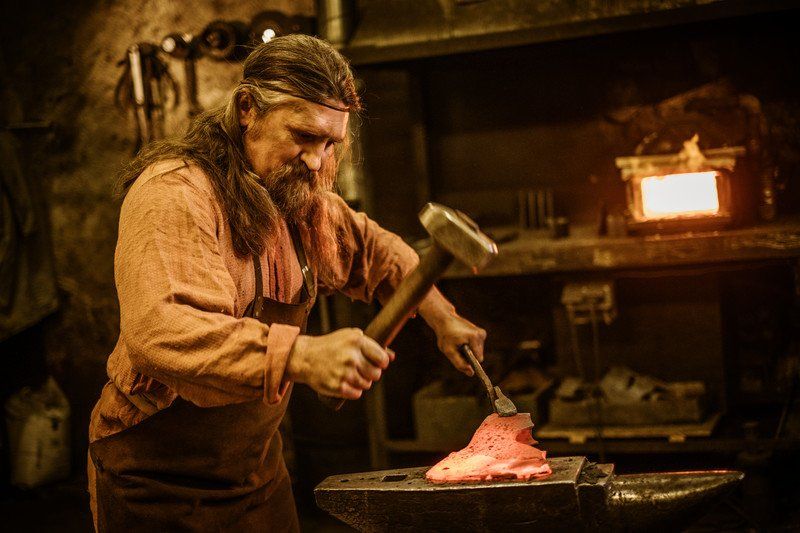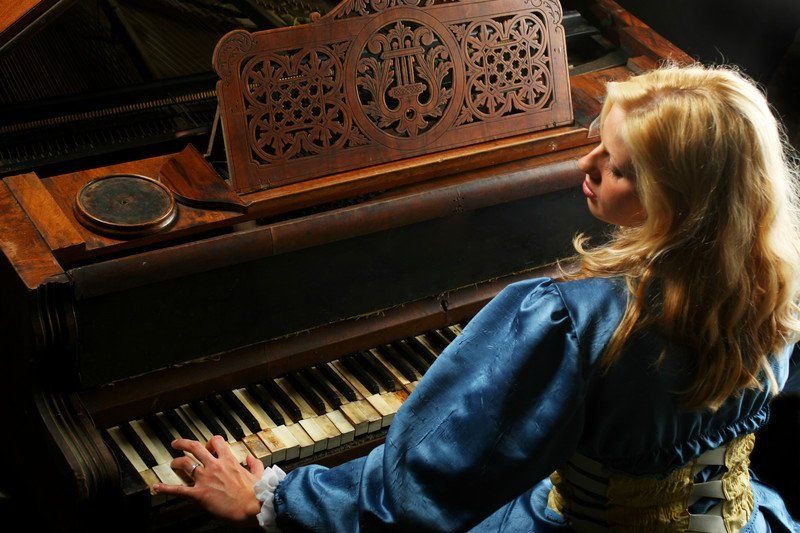That was the old Hanseatic League since 1157
Navigate with foresight, courage and a new way of thinking
Some introductory remarks, which are still to be supplemented
History of the original, traditional Hanseatic League
Back to the Future
Dear visitor to our website of Neue Hanse International. Please accompany us to another time, from whose achievements and blessings we still live today. It's not just the stories that tell of life and trade in the past. They are the foundations on which we base our life and being today. Had history not been written the way it happened, our future would have been different.
Now step into our time machine. Emilie and Bernadette take you back to where your fathers and mothers once created what is taking us into the future today.
Greetings, noblewomen and noblemen from near and far!
If you want a song to please you, listen to me. I can report from another time that was and is very good and beautiful. Toil and art have been our companions to fame and fortune. Untouched nature and fauna lined our paths through town and country. From clear streams we quenched our thirst. Dropped in at innkeepers at the crossroads. We saw Hanseatic fleets through dune grass, and then we ourselves crossed the seven seas with goods from home and the Orient.
History of the Hanseatic League
The naming of the Hanse (also German Hanse or Düdesche Hanse, Latin Hansa Teutonica) refers to an association of mainly North German merchants whose goal was the safety of the crossing and the representation of common economic interests, especially abroad. Between the middle of the 12th century and the middle of the 17th century, the Hanseatic League was not only an important economic factor, but also a political and cultural one.
By the middle of the 14th century at the latest, the "merchants' Hanseatic League" had developed into a "city Hanseatic League". The Hanseatic cities merged and represented the interests of North German merchants. The exact distinction between the "Kaufmannshanse" and the "Städtehanse" is disputed.
Up to 300 sea and inland towns in northern Europe have joined together in the Hanseatic League. The coats of arms of many Hanseatic cities still bear the colors of the Hanseatic League (white and red). The development of transport, particularly at sea, was an important basis for the alliance. That is why the cog became a symbol for the Hanseatic League. Many Hanseatic cities achieved great wealth through free trade, which can still be seen today in numerous important buildings.
Independent of the "big" North German Hanseatic League, other merchant associations called themselves "Hanseatic League" or "Hänse" as far away as Austria. As a rule, these were not political alliances between cities and territories, but brotherhoods that individual traders joined. Such unions were often geared towards a specific fair. There, an economic control function was assumed, which was carried out by the guilds in larger cities.
Find out more about the guilds of the Hanseatic League and craftsmen's cooperatives, the guilds as merchants' cooperatives of merchants.












